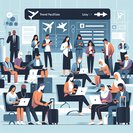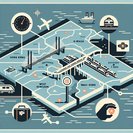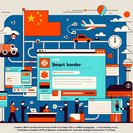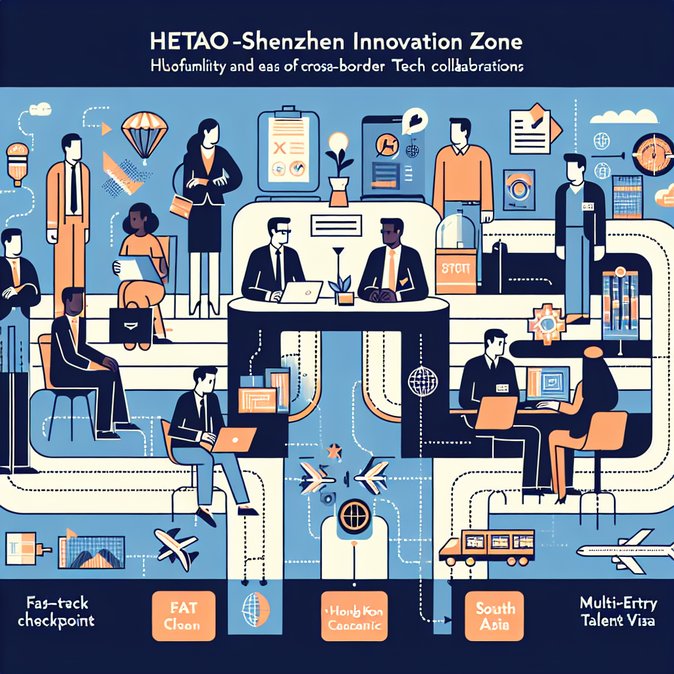
As part of the wider 10-point package, the NIA confirmed that researchers and technicians working in the Hetao Shenzhen–Hong Kong Science and Technology Innovation Co-operation Zone can now receive three-year, multi-entry “talent visas” to Hong Kong and Macao without needing separate talent certification. The policy, which also started on 5 November 2025, includes dedicated fast-track lanes at Huanggang and Futian checkpoints and a green customs channel for experimental materials.
The Hetao zone sits astride the mainland–Hong Kong boundary and is envisioned as a joint laboratory cluster focusing on AI chips, biotech and new-energy batteries. Start-ups registered in the zone will enjoy deferred tax filing in their first operating year and priority in high-tech grant applications.
![Hetao Shenzhen–Hong Kong tech zone offers three-year multi-entry visas for R&D staff]()
Cross-border commuting has been a pain-point for joint teams: before the reform, staff often required separate Hong Kong employment visas or had to apply every six months for multiple-entry permits. The new three-year validity drastically cuts paperwork, allowing engineers to attend daily scrums on either side of the border.
Investors expect the measure to accelerate personnel flows similar to the “East meets West” innovation corridor between the US and Canada, potentially giving the Greater Bay Area an edge in talent retention.
The Hetao zone sits astride the mainland–Hong Kong boundary and is envisioned as a joint laboratory cluster focusing on AI chips, biotech and new-energy batteries. Start-ups registered in the zone will enjoy deferred tax filing in their first operating year and priority in high-tech grant applications.
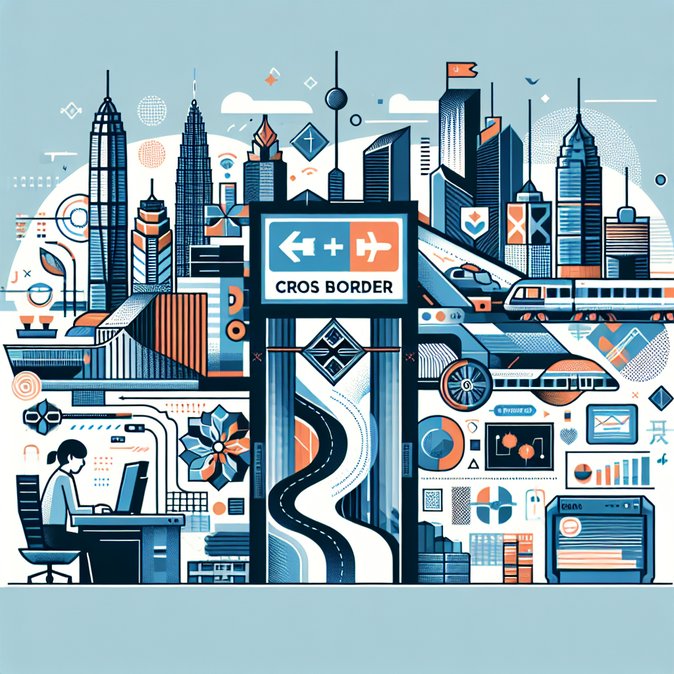
Cross-border commuting has been a pain-point for joint teams: before the reform, staff often required separate Hong Kong employment visas or had to apply every six months for multiple-entry permits. The new three-year validity drastically cuts paperwork, allowing engineers to attend daily scrums on either side of the border.
Investors expect the measure to accelerate personnel flows similar to the “East meets West” innovation corridor between the US and Canada, potentially giving the Greater Bay Area an edge in talent retention.



